Chromosome mapping has a dedicated following, but it might not be for everyone. So why map your chromosomes? In this article I’ll attempt to explain it concisely so you can figure out if it’s worth your time.
Basics
Direct line
We all have a “direct line.” Your biological mother and father each had a mother and father, and they each had a mother and father, going back in time. These people passed sections of their DNA down via their descendants all the way to you.
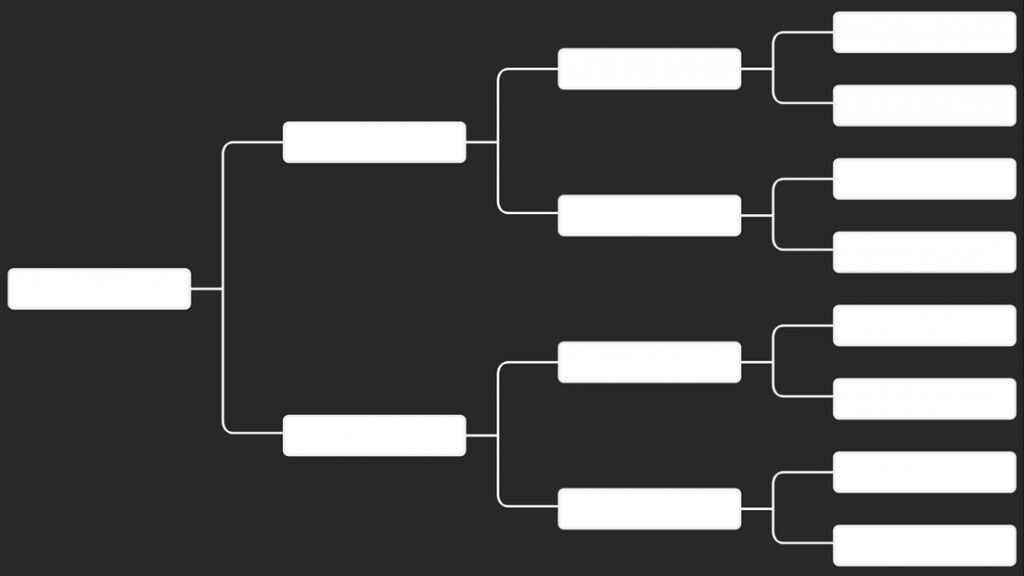
Chromosomes
You also have 23 pairs of chromosomes. These can be found within the nucleus of your cells (those born with certain conditions can have an extra chromosome).
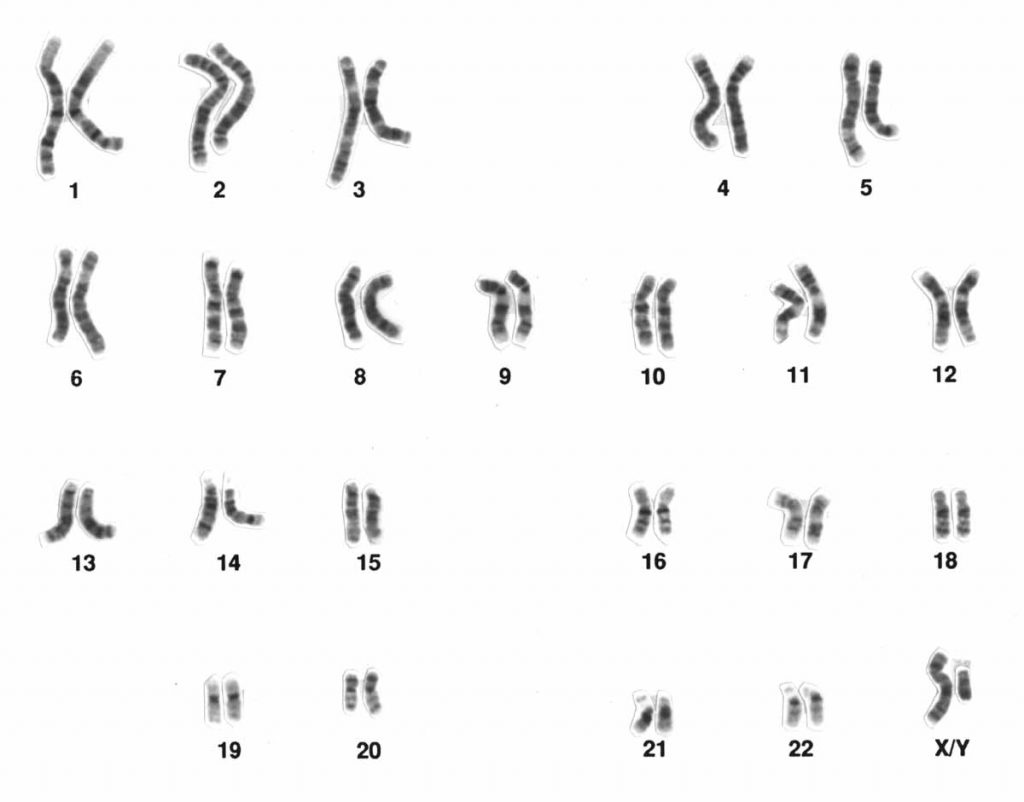
Half of your DNA — one of each chromosome pair — is inherited from each parent. For example, you have two copies of chromosome 11; one from your mother and one from your father.

Beyond this, proportions vary; for example, you won’t necessarily have inherited exactly 25% of your DNA from each grandparent. For example, my niece inherited 33% of her DNA from my mother and only 17% from my father. This inequality can occur in the process of recombination that happens whenever an egg or sperm is created.
When you inherit a chromosome from your parent, it consists of DNA from one or both of their parents, your grandparents. Sometimes you may have inherited an entire chromosome from just one grandparent.
Below, you can see that on chromosome 11, I’ve inherited a long segment from my paternal grandfather. Then about two thirds of the way through, a crossover has occurred and I instead have DNA from my paternal grandmother. And similarly, on my maternal copy of chromosome 11, I’ve inherited a short segment from my maternal grandmother, followed by a longer one from her husband, and then another from her.

These crossover points are specific to me. But within each of these segments, there will be additional crossover points that are specific to my ancestors in previous generations:

This process has obviously been going on for longer than we can imagine, creating the never-ending puzzle that is… your chromosome map.
Chromosome mapping
Your chromosome map starts off as a blank canvas onto which you can sketch in your ancestors based on the clues provided by your DNA matches. When I say ‘blank canvas’, in fact, a new chromosome map starts as a diagram showing 23 chromosome pairs, each containing one inherited from each parent.
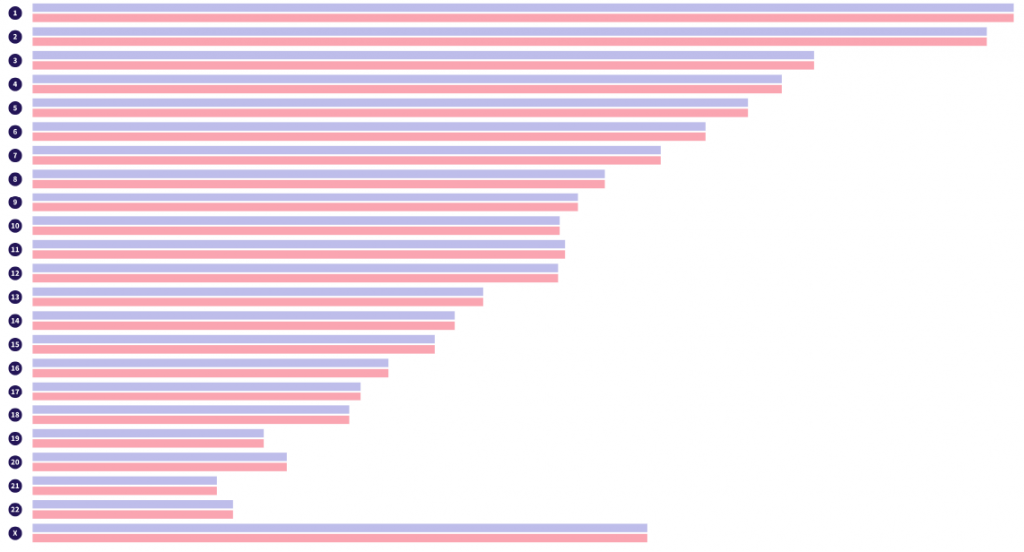
If you’re female, your map will include two X-chromosomes (one from each parent), while those born male inherit a Y-chromosome from their father instead of an X. Because it mutates so slowly and is inherited only along the direct male line, the Y-chromosome is not used for chromosome mapping.
How do I get my DNA in there?
These chromosomes represent you. It’s not necessary to import your DNA into DNA Painter to create this. You will make this chromosome map your own by ‘painting’ your DNA matches onto it. Let me explain!
Mapping a match
Once you discover how you’re related to someone, you can figure out which ancestor is likely to have been the source the DNA you share with them.
For example: Mike is my third cousin via a set of great-great-grandparents on my father’s side. I share 7 segments of DNA with him. To infer which ancestors I inherited this DNA from, I just have to consider the question “How did this DNA reach me?”
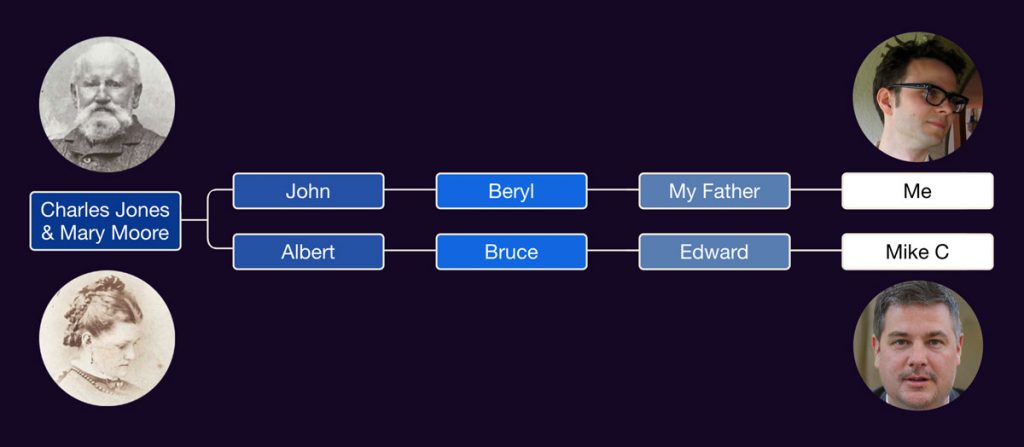
By examining our connection, I can see that Mike and I have shared ancestors Charles Jones and Mary Moore. So, if we share 7 segments of DNA, those segments are likely to have been passed down to both of us by Charles Jones and Mary Moore. I can therefore ‘paint’ Mike as a match by pasting the segment data into DNA Painter, and assigning the segments to Charles Jones and Mary Moore.
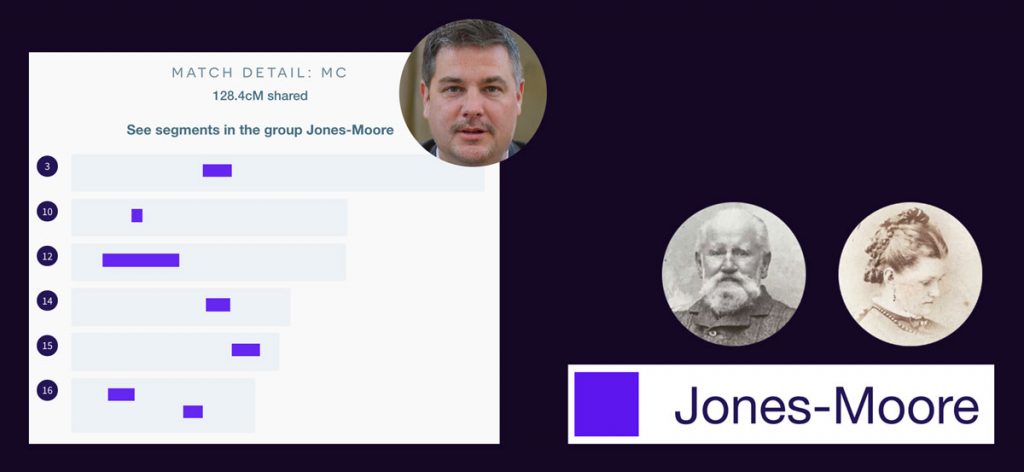
While each individual segment is likely to be from Mary Moore or from Charles Jones, I like to map them to the ancestral couple until I have more evidence of specific segments’ sources.
It’s also possible that I’m related to Mike in via some other unknown relationship. And if that’s the case then perhaps one or more of these segments came from a different ancestral couple.
But in most cases I map shared segments to the known relationship in the first instance. One great benefit of chromosome mapping is that you can make adjustments later. This is convenient, as I have an important motto: ‘always be prepared to be wrong’!
When might assigning DNA to the common ancestors be ‘wrong’?
- The more distant a match, the more likely it is that there will be additional undiscovered relationships. As Debbie Kennett writes in her excellent 2016 article on triangulated segments, “everybody is related to everybody else and we are all related much more recently than we intuitively realise”
- If your ancestry includes an endogamous population, this effect will be more noticeable. My grandfather was Jewish, and many of the segments I share with Jewish 3rd and 4th cousins seem to have come from other more distant relationships.
- Sometimes the DNA you share with a match can be inflated by segments that happen to be very common in a population from which you both have ancestors.
The nice thing about chromosome mapping is that being ‘wrong’ is quite painless; you can just edit the wrongly assigned segment and view this as an important refinement of your map.
Can chromosome mapping help me find my missing grandfather?
Not exactly! Chromosome mapping is more of a slow burner: as you trace relatives and test more people, you are able to validate your research and start to look back in time at how your DNA breaks down according to what you inherited from your ancestors.
In order to map your chromosomes, you need segment data, which is provided by most testing companies, but notably not AncestryDNA or Living DNA.
If you’re looking for an unknown relative, then you’ll want to have access to as many DNA matches as possible. The larger and more significant these DNA matches, the easier it will be for you to make the connection. In order to do this, the most important information is this amount of DNA you share, not the segments which reveal whereabouts on the chromosomes these matching segments are.
DNA Painter hosts What are the Odds?, a popular tool that can help with this, but the work would start with clustering your matches into groups of people who are related to each other.
OK, so how does it help me to map my chromosomes?
A reference
As you build up a map of your DNA that is more and more comprehensive, you will have an extremely powerful reference. This can then help you identify the family line of any DNA match, whichever company they may have tested with.
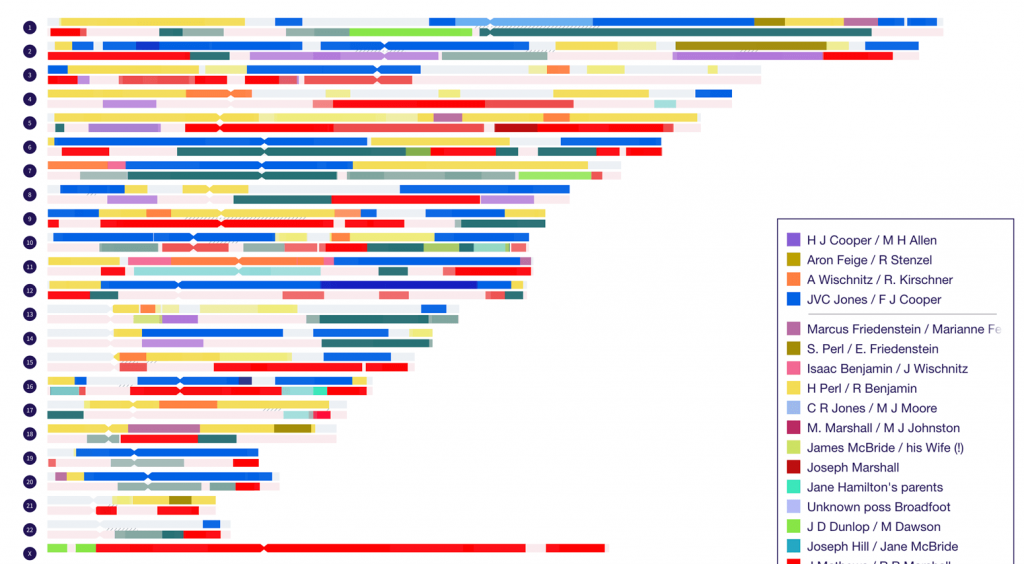
Compare matches who are in different databases
If you have one match on (say) 23andme who you’ve been able to identify as maternal, but no more detail than this, then by looking at other matches in this area of the chromosome, you may be able to connect this match to others who have tested on different sites.

While you can’t compare the DNA directly, your map can provide evidence that two people would match if you could compare them.
Better understand the basics of DNA
When you map your chromosomes, you are working with detailed segment information and visualising how DNA has been passed down from your ancestors. This hands-on approach helps you to understand the rudiments of DNA and inheritance in more detail so that you’re better placed to assess matches once they appear. For example, you are likely to observe
- Pileup areas on your chromosomes where you seem to have a higher number of matching segments than you’d expect, with no apparent genealogical connection between the matches. This may indicate a segment that’s very common in certain populations.
- Evidence of varying amounts of DNA inherited from different family lines
- Instances of vastly different amounts of DNA shared between people who have the same genealogical relationship
- An absence of any shared DNA between those who have a documented genealogical connection
A sense of wonder
I know not everyone feels this way, but every day I pinch myself that it’s even possible to map your chromosomes. I love the sense that my ancestors, who have always lived on in my DNA, are able to announce their presence whenever I identify a DNA match!
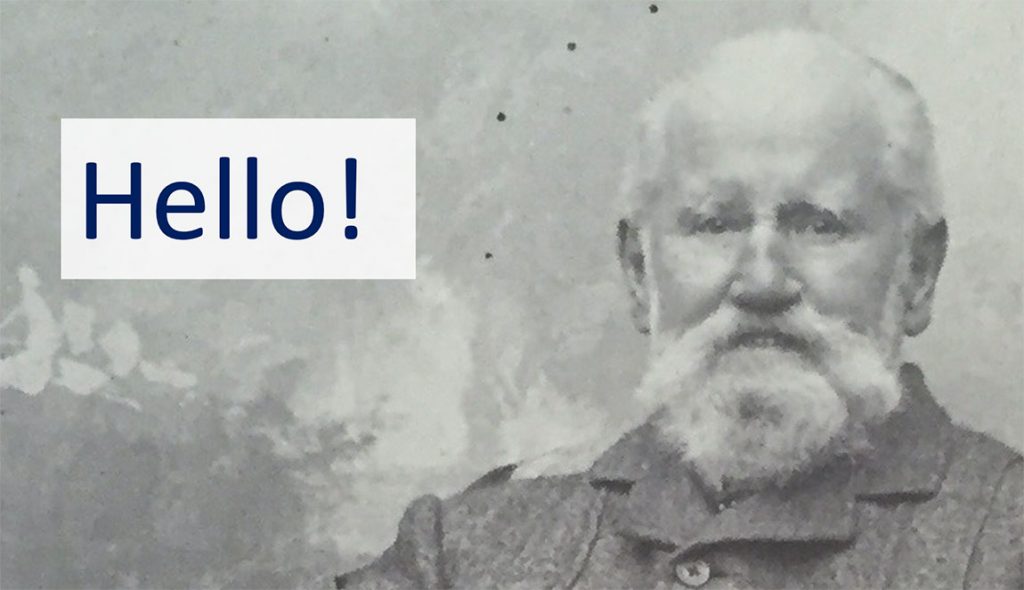
Before you start
- You need to have taken an autosomal DNA test and received the results
- You need to have access to segment data for your matches
- If you tested only with AncestryDNA or LivingDNA, transfer your test to another provider for access to segment data. See instructions here
Detailed instructions on mapping your chromosomes with DNA Painter are available at https://dnapainter.com/help. I also have a free webinar available at Family Tree Webinars.
In summary
A chromosome map can provide a fascinating companion piece to your genealogical tree. I would recommend it to those who want to engage with their DNA results over a period of time; it’s not a quick fix for anything.
If you have an immediate genealogical puzzle, you should focus on genealogical research to link your top matches together. At this point, you’ll have a better-defined task in the sense that you’ll have a genealogical tree that you’re connected to genetically.
When you map your chromosomes, you are doing something very personal that no one has done before. Personally, I can’t imagine life without it!
Selected further reading
ISOGG: Chromosome mapping
Blaine Bettinger: How Do DNA Segments Get Smaller?
Roberta Estes: DNA Painter instructions and resources
Melvin Collier: Using DNA Painter to Verify Igbo Origins
Joel Hartley: Playing with DNA Painter
Linda Jonas: Using DNA Painter to reconstruct ancestral DNA
Debbie Kennett: Autosomal DNA triangulation. Part 1: the basics and Autosomal DNA triangulation. Part 2: the phenomenon of triangulated segments
Contact info: @dnapainter.bsky.social / jonny@dnapainter.com
